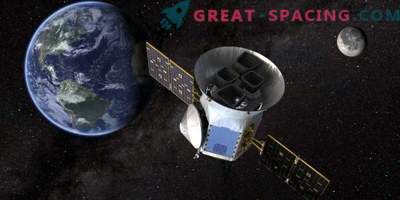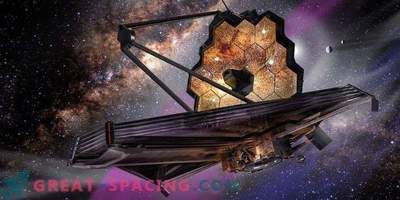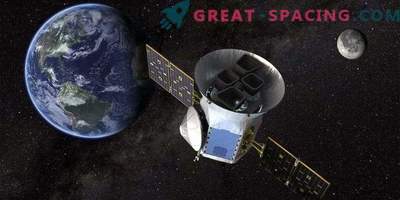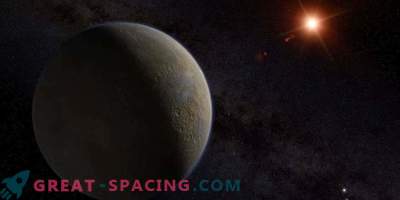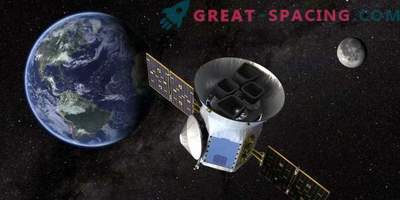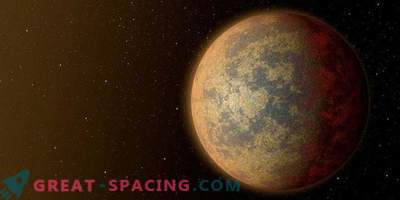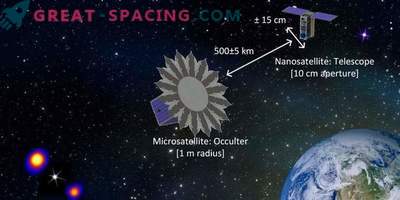
Take a look at the sky. Soon each of these thousands and millions of stars will be under the close scrutiny of the newest companion hunting exoplanets TESS. The launch is scheduled to take place next week. The found worlds will be the main targets for future telescopes focused on the search for life.
Scientists suggest that TESS will be able to detect thousands of exoplanets. The device acts as the successor of the successful Kepler space telescope. The latter has spent 9 years in flight, so its fuel is rapidly running out. It is believed that he will fail in the next few months.
Kepler was able to independently find more than 2,600 confirmed worlds. An even larger number is waiting for confirmation of planetary status. If we take the indicators of all observatories, we get a figure of 4,500 exoplanets, among which about 50 are considered potentially livable. All of them are endowed with the correct size and orbital distance from the star.
Most of the planets found by Kepler live at great distances. Therefore, for their review will need real telescopes-monsters. So the researchers are going to focus on the nearest stars, which will be available to the future telescope of James Webb. The total cost of the TESS mission is $ 337 million.
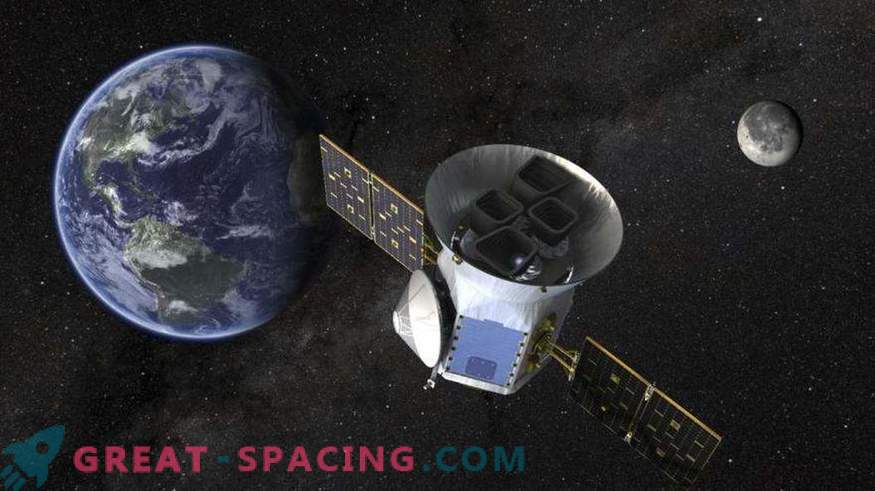
The picture shows the TESS unit. Start planning to spend in April 2018, after which the mission will search for planets around the brightest stars
TESS takes in the parameters 1.2 x 1.5 m, and weighs 362 kg. It will be launched on the SpaceX Facon 9 rocket. The approximate date is April 16. Possible orbit may extend to the moon. The four TESS cameras will head towards the red dwarfs, which are 10 times closer than the objects in the Kepler survey. It is believed that most of the stars will be located at a distance of 300-500 light years.
Red dwarfs - the most common stars that reach half the size of the sun. In addition, they are relatively cool. How to see the planet at such a distance?
The object passes in front of the star and causes a short-term decrease in brightness. The spacecraft studies the sky and notes similar changes. Most attention is paid to planets in the habitable zone, where conditions allow water to remain on the surface in a liquid state.
TESS will not be able to look for signs of the presence of the atmosphere, so this part of the work passes to the telescope of James Webb.

